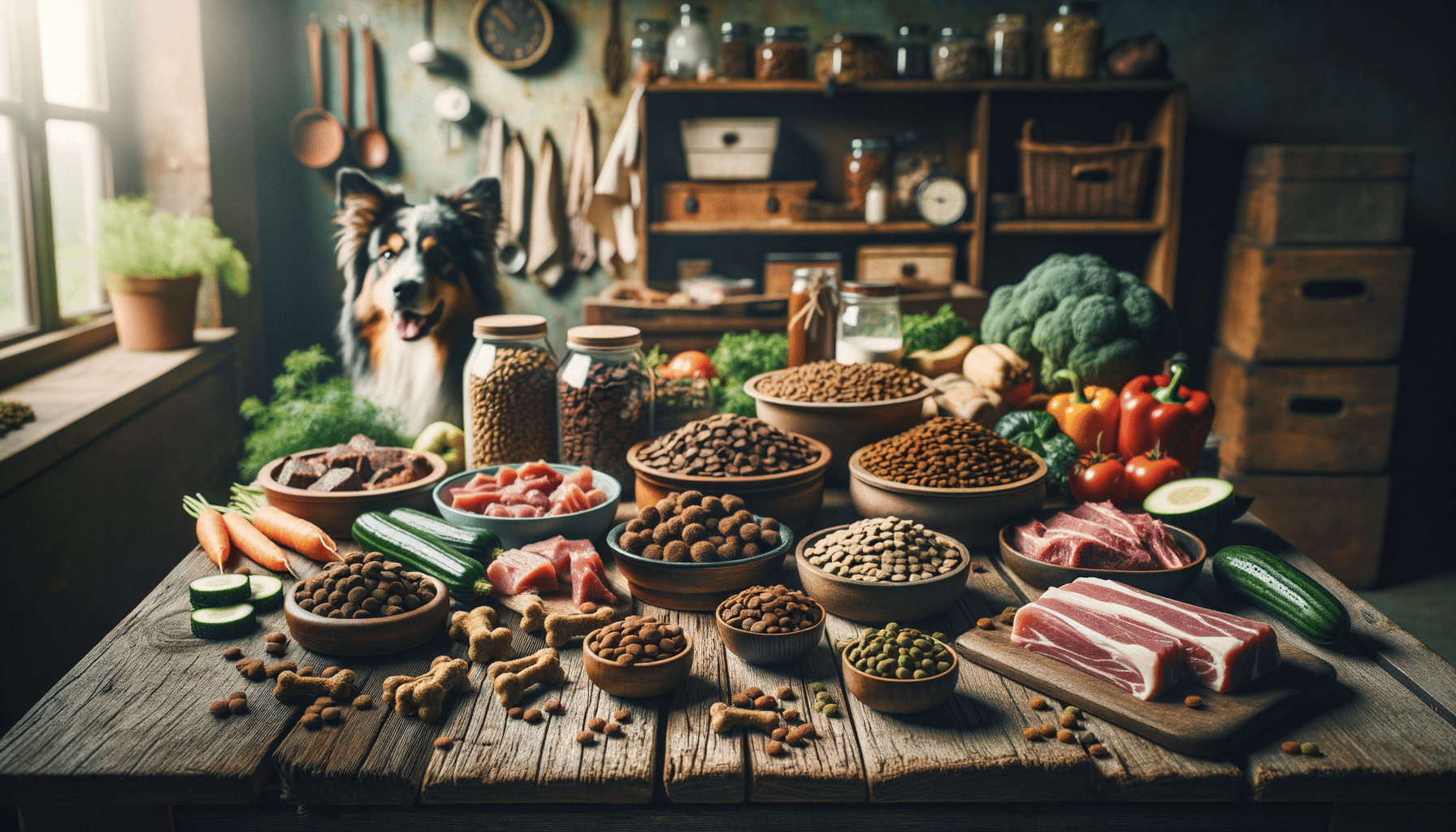
Exploring Dog Food Options in 2025: A Comprehensive Guide
Introduction to Dog Food Trends in 2025
As we step into 2025, the world of dog food has evolved significantly, reflecting a deeper understanding of canine nutrition and an increased focus on sustainability. Pet owners today are more informed and conscious about the ingredients and the environmental impact of the food they choose for their furry companions. This guide explores the various dog food options available in 2025, assessing their benefits and considerations, and helping pet owners make informed decisions for their pets’ health and well-being.
Understanding the Nutritional Needs of Dogs
Before delving into specific dog food options, it’s essential to understand the nutritional requirements of dogs. In 2025, the focus on balanced nutrition has intensified, with a growing emphasis on tailoring diets to meet specific health needs. Dogs require a mix of proteins, carbohydrates, fats, vitamins, and minerals. Proteins are crucial for muscle development and repair, while fats provide a concentrated source of energy. Carbohydrates, although not essential, offer a quick energy boost and aid in digestion.
Vitamins and minerals are vital for maintaining a robust immune system and ensuring overall health. For instance, Vitamin A supports vision and skin health, while calcium is crucial for strong bones. The trend towards personalized nutrition has led to the development of tailored diets that consider a dog’s age, breed, size, and health conditions.
Sustainable and Eco-Friendly Dog Food Options
With climate change and environmental sustainability becoming pressing global issues, 2025 sees a rise in eco-friendly dog food options. Many brands are now focusing on reducing their carbon footprint by sourcing ingredients locally and using sustainable farming practices. Insect-based proteins, for example, have gained popularity as a sustainable alternative to traditional meat sources. They require significantly less land and water to produce and offer a high protein content.
Moreover, plant-based dog foods are on the rise, catering to pet owners who prefer a vegetarian or vegan lifestyle for their pets. These options often incorporate lentils, chickpeas, and other legumes as protein sources, combined with a range of fruits and vegetables to provide a balanced diet.
Raw and Homemade Dog Food Diets
Raw diets continue to be a popular choice among pet owners in 2025, driven by the belief that raw food closely mimics the natural diet of dogs’ ancestors. These diets typically include raw meats, bones, and a selection of fruits and vegetables. Proponents argue that raw diets can lead to shinier coats, healthier skin, and higher energy levels.
However, raw diets require careful planning to ensure they are nutritionally complete and safe from pathogens. Homemade diets are also gaining traction, allowing pet owners to have complete control over the ingredients and preparation. This option appeals to those who wish to avoid preservatives and artificial additives, although it demands a good understanding of canine nutrition to ensure a balanced diet.
Conclusion: Making the Right Choice for Your Dog
In 2025, the array of dog food options available is more diverse than ever, catering to a wide range of dietary preferences and ethical considerations. Whether opting for traditional kibble, raw diets, or sustainable alternatives, it’s crucial for pet owners to choose foods that meet their dogs’ specific nutritional needs. Consulting with veterinarians and pet nutritionists can provide valuable insights into the best dietary choices for individual dogs.
Ultimately, the goal is to ensure that our canine companions lead healthy, happy lives, supported by a diet that aligns with their nutritional requirements and the values of their owners.


